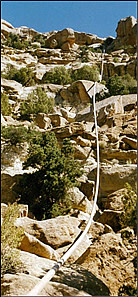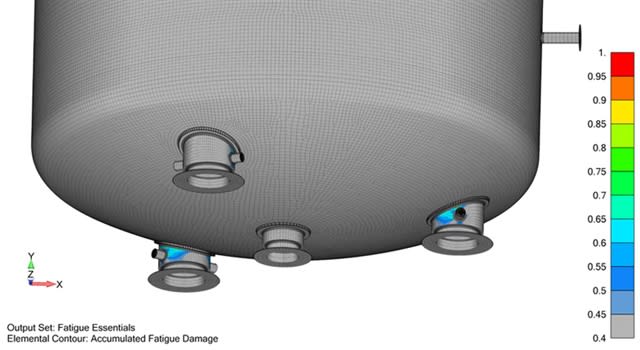Galvano
Mechanical
- Feb 5, 2022
- 42
Good afternoon,
Sorry for my bad English.
At my work, there is a machine that has two reels of tape. The machine has two axes that collect the tape and wind it on one reel or another.
The coils move in one direction or another by means of a transmission with clutches. These clutches are cork.
The question I have is whether these cork clutches have the same torque in one direction as in another. They are made up of two cork discs, the transmission pinion and a spring that compresses it. The question is... Is the torque the same in one direction as in another?
Thanks
Sorry for my bad English.
At my work, there is a machine that has two reels of tape. The machine has two axes that collect the tape and wind it on one reel or another.
The coils move in one direction or another by means of a transmission with clutches. These clutches are cork.
The question I have is whether these cork clutches have the same torque in one direction as in another. They are made up of two cork discs, the transmission pinion and a spring that compresses it. The question is... Is the torque the same in one direction as in another?
Thanks




